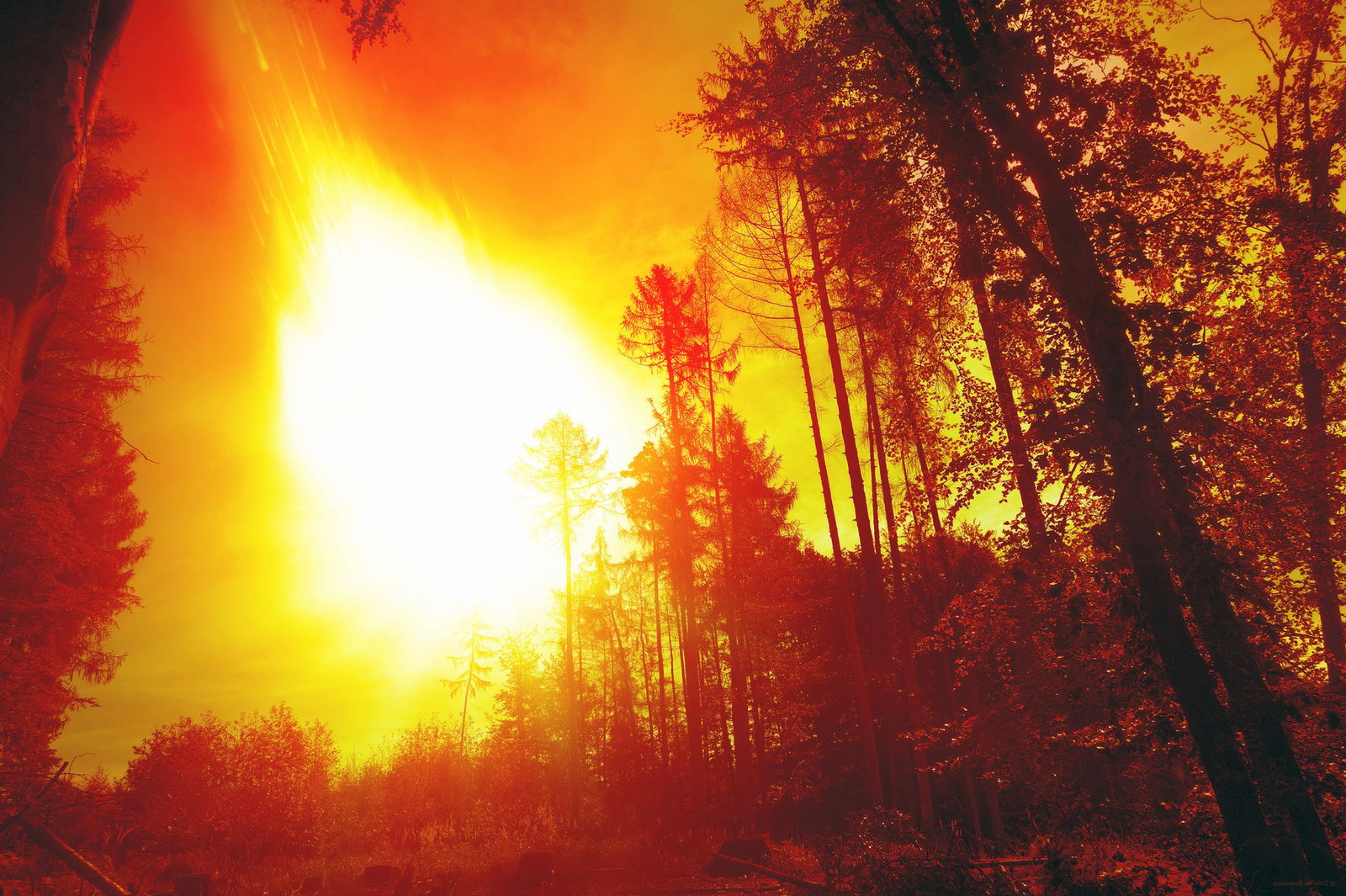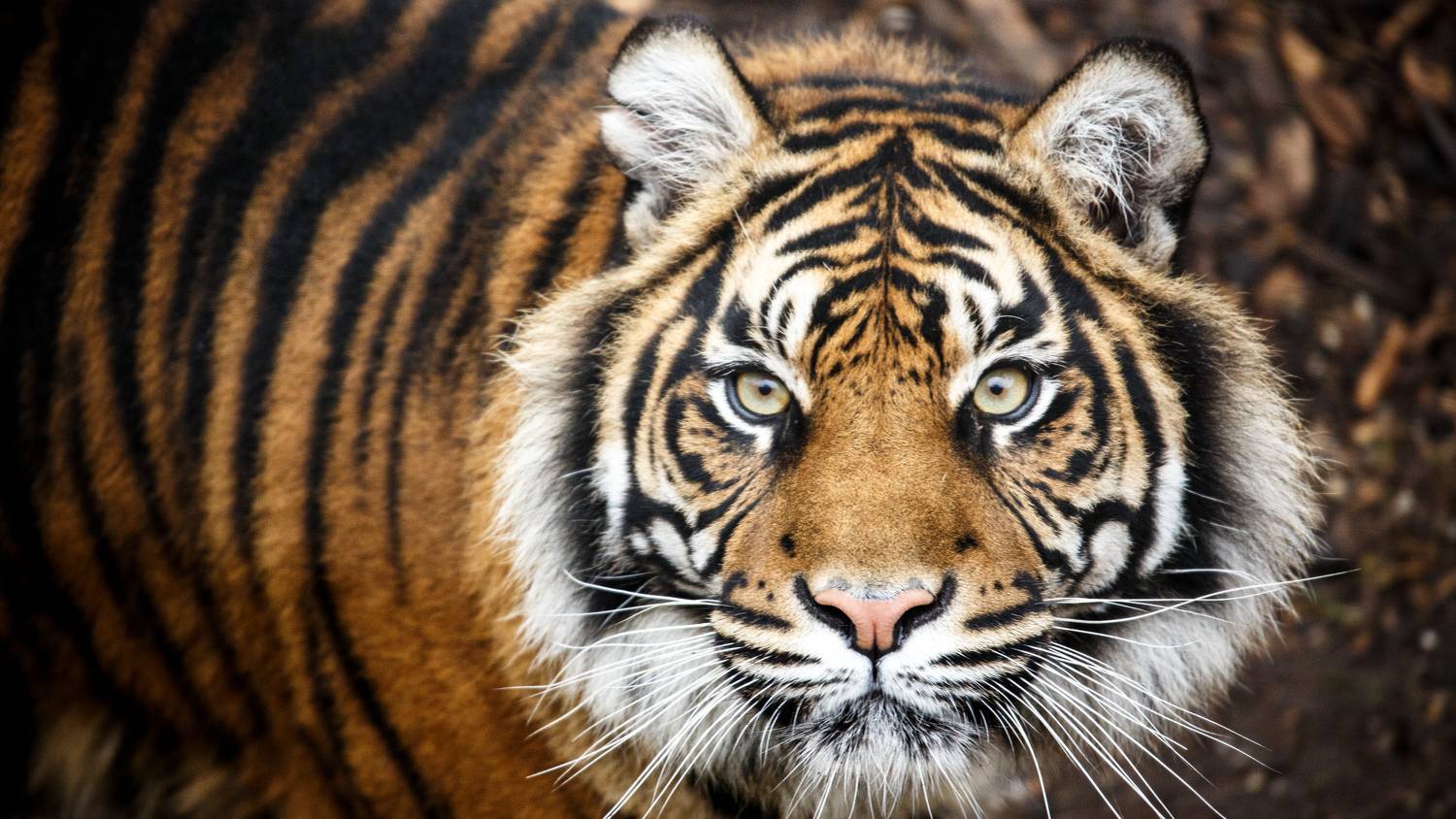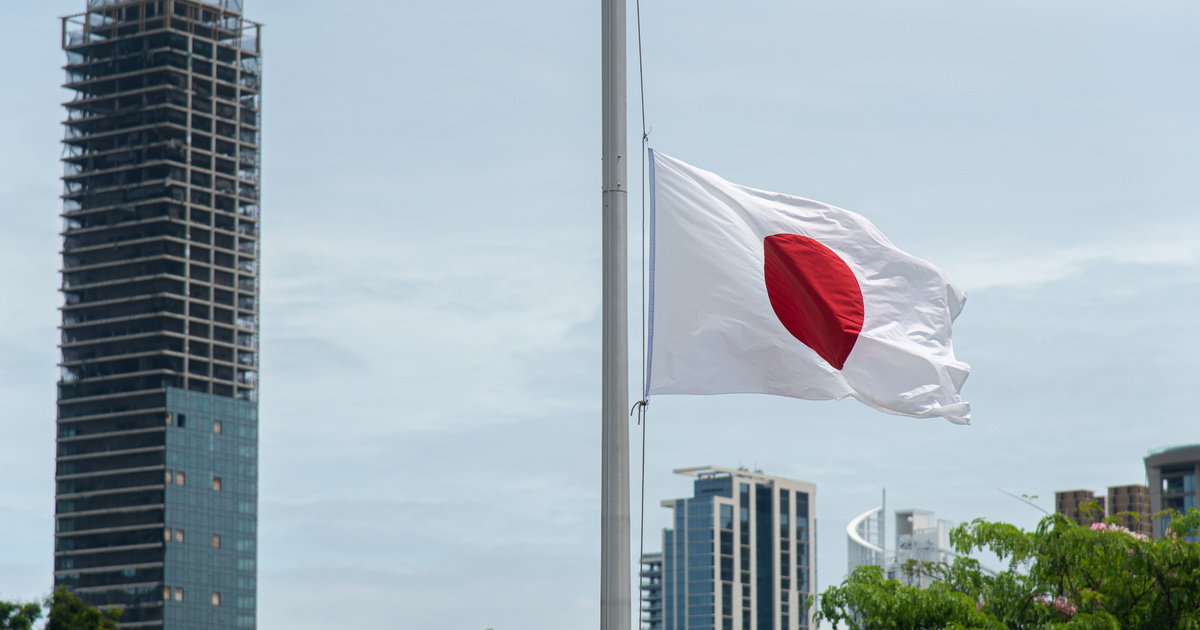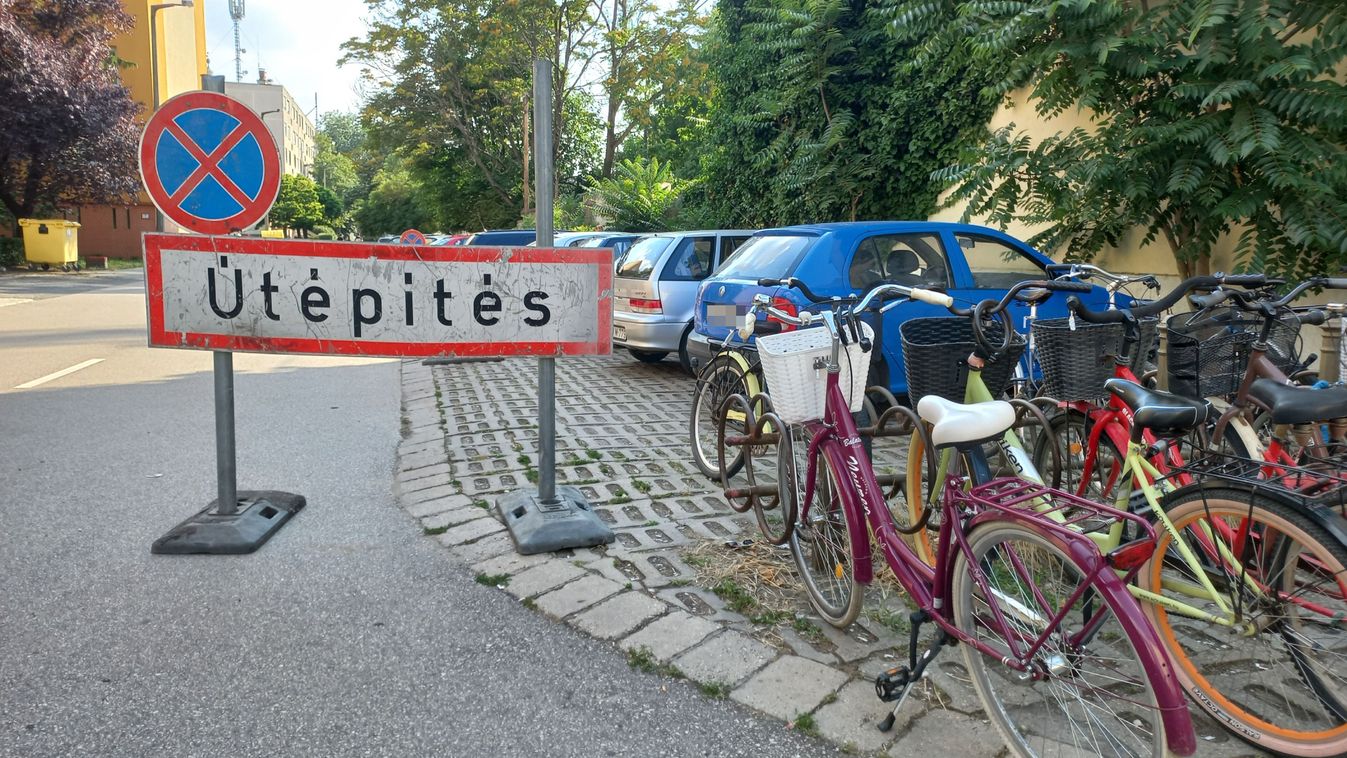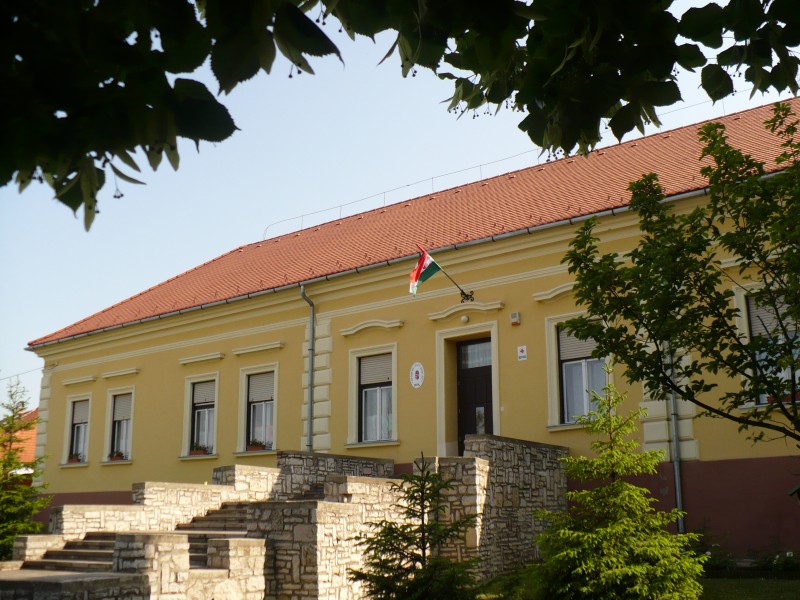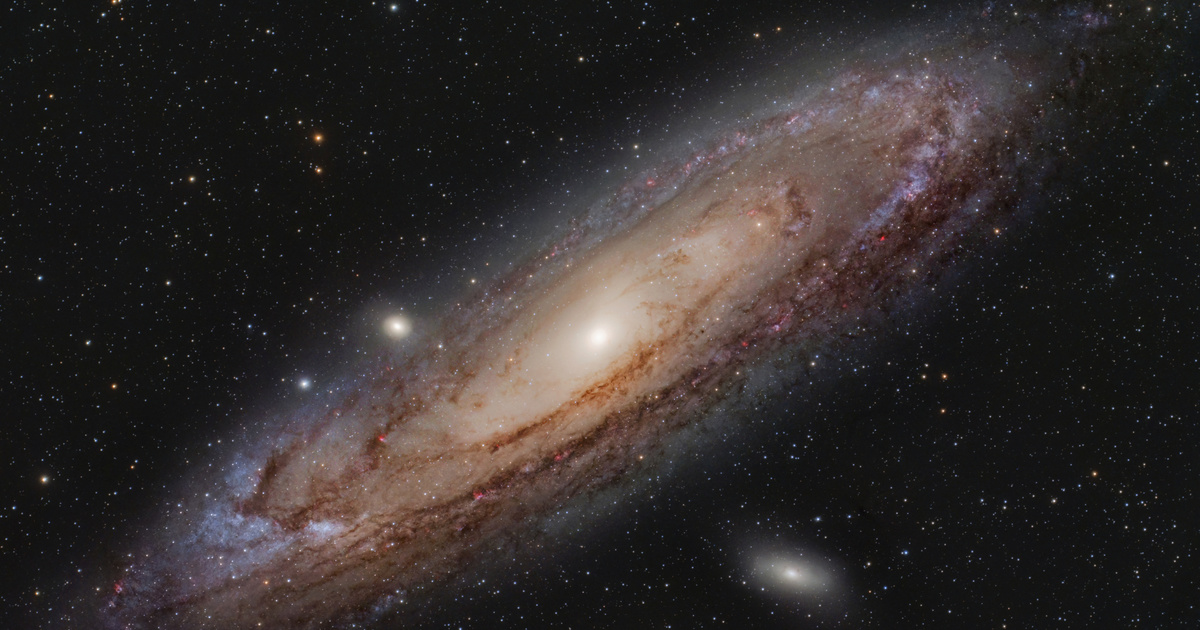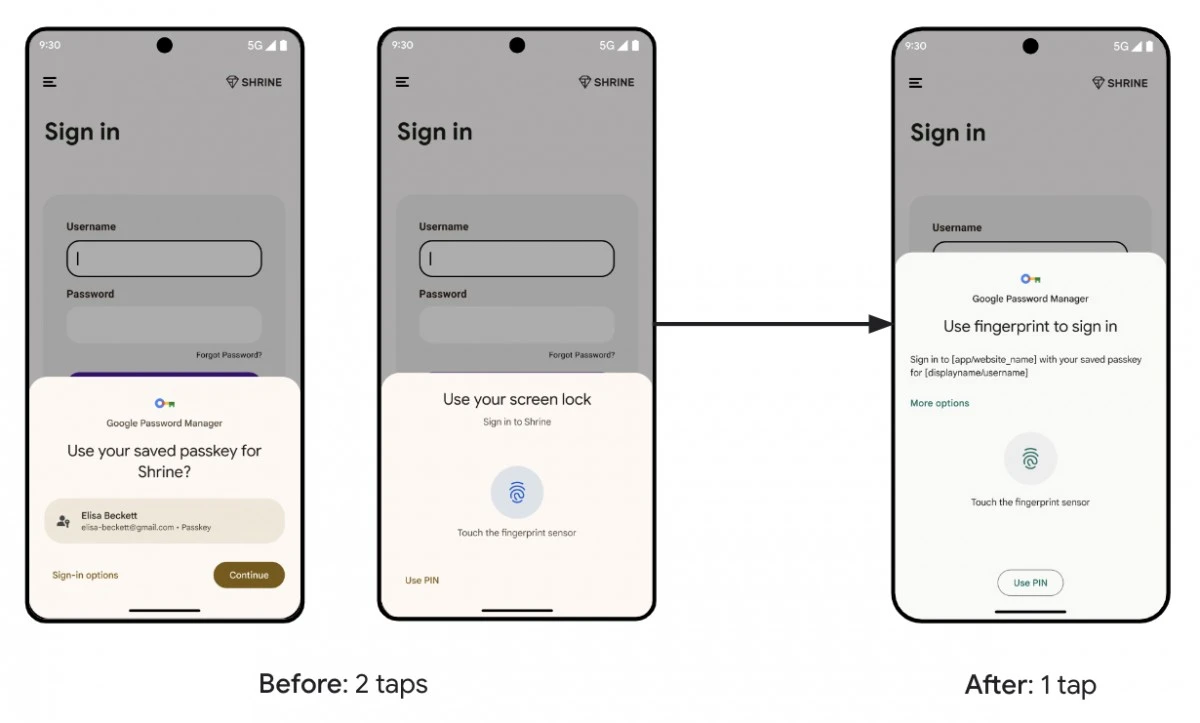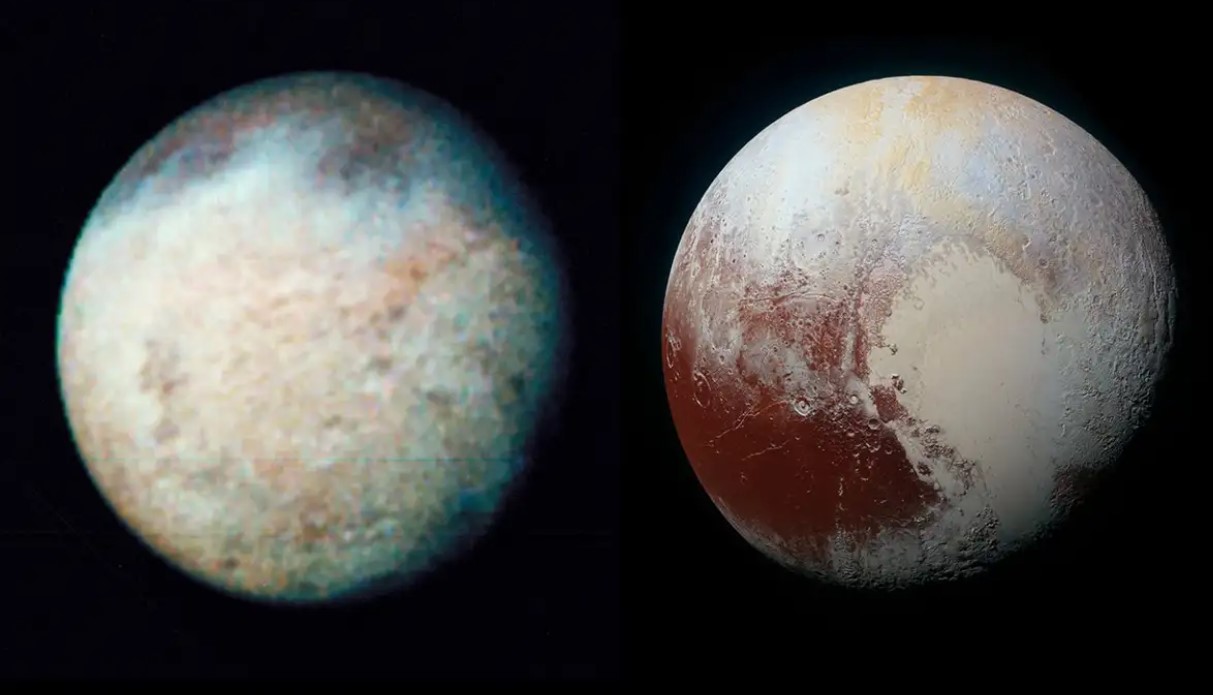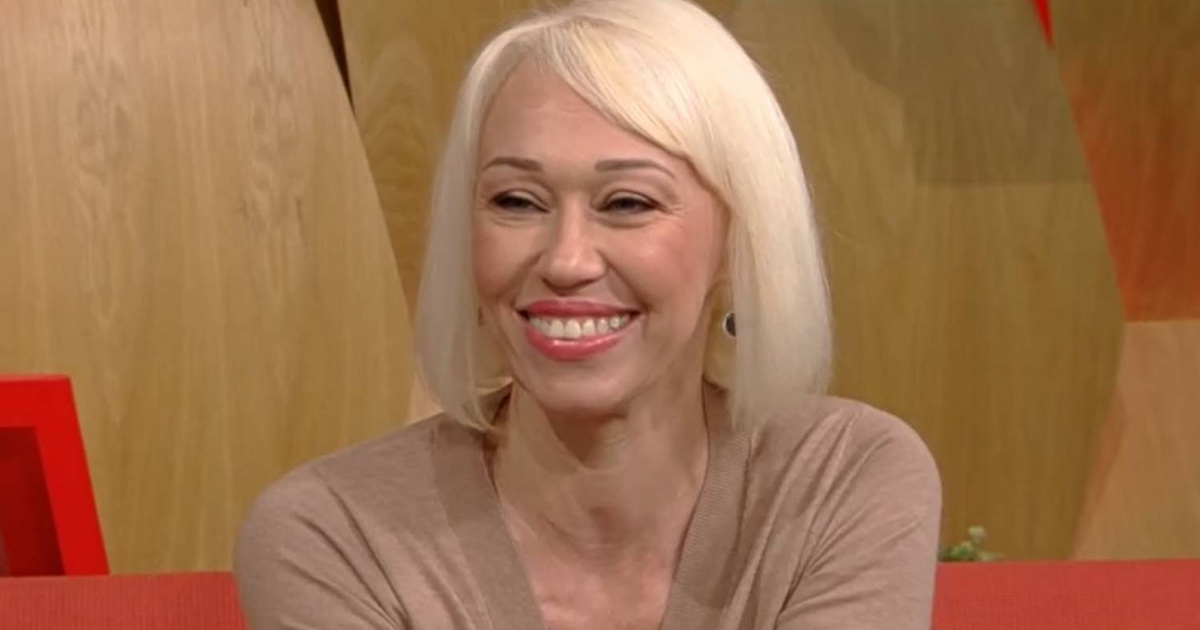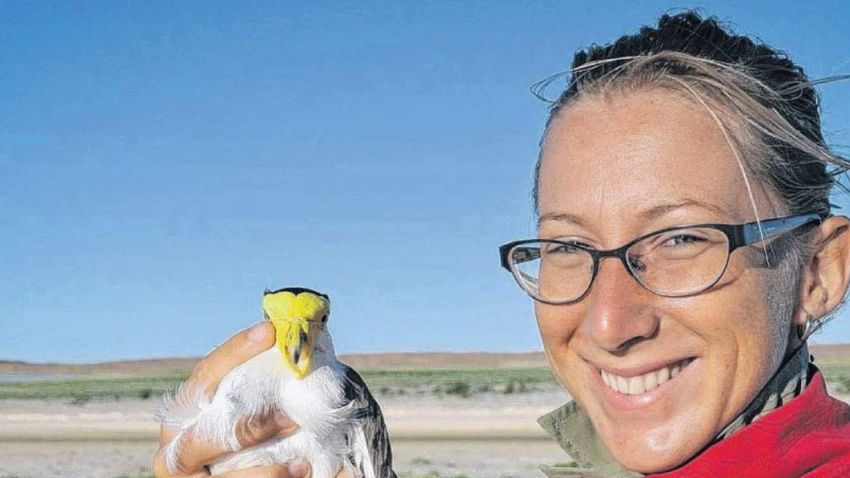– How did you get to Australia?
– I’m from a factory town, and I also finished primary school there. I grew up on an apartment property, but my parents and I went on a lot of trips, and we also had a small holiday home near Banunhalma, in the middle of the woods. I wanted to be a biologist since I was young, I even worked at the zoo in Gyr. As an elementary school teacher, I formed my own conservation association. I researched wild geese in college, and wrote my PhD on bird flu. I got a scholarship from Holland and later from Russia, I went on an expedition where I met an Australian researcher who called me to the faraway continent ten years ago to do research on bird flu. This is how my husband and I got out, as we started building near Fertő-Hanság National Park.
The country is closed
What is life like in Australia?
– Australians are loose, calm, less restless and therefore more superficial than Europeans; Perhaps the most important thing for them was to maintain their spiritual balance. Of course, it helps them a lot to have a good economic background. They do a lot of sports, and of course the proximity to nature and the sea helps them. It’s common for anyone who can do this to surf and ride a bike before work in the morning. If you live there, he will catch up with you, too. I also surf.
– How did the epidemic live?
– Australia has taken very strict measures to stop the coronavirus epidemic, its residents have not been able to leave the country for two years, and no one has been able to leave their place outside the five-kilometer circuit. On the one hand, the power was strictly controlled with the help of phone applications, and on the other hand, the Australians themselves traditionally followed the rules. It is true that in addition to spiritual experiences, very few people died in the epidemic. It wasn’t easy for us either. Luckily for an hour from Melbourne, we live in a paradise resort called Surf Coast, almost on the beach. Torquay is a small town, we had nature and the ocean, where it was also exceptional that the kindergarten was open and I was able to work from home. Also, we were very fortunate to have had a shorter version during the pandemic when we were able to travel to Queensland, the Whitsunday Islands. It’s true that in the meantime, they shut everything down again, and we couldn’t fly home, so we were practically stuck there in “heaven” for a few weeks. Giant sea turtles were regularly visiting the bay in front of our accommodation so we could swim with them every day. It was also a huge experience for our five year old girl. There, at low tide, the prickly rays of the evening gathered, which we were watching closely. We’ve also seen families of long-winged whales on our cruise several times, once up close. We snorkeled on the reef, where we were also joined by friendly little rock sharks. However, on one occasion, I was approached by a less friendly, large-bodied bull shark when I swam alone in the bay. Fortunately he didn’t pick me up for dinner that day.
Performing at festivals
– In addition to his work as an ornithologist, he also has a high-level hobby.
“I’m a mother, wife during the day, I work as an ecologist and ornithologist, but then I became a dancer. I started swing dancing seven years ago, and it was mainly Lindy Hop dance and jazz solo. It’s more than just a hobby, it’s a way of life for me. I’ve Successfully recorded in a performance group in Melbourne We go to shows and competitions The family provides maximum support After the beginners, now the applicants: Before the pandemic, we had a whole year with a company called Harlem Shout, jazz parties and festivals were on our calendar. So I left to rehearse at home.This period was not completely useless because we were able to keep in touch with a lot of international teachers online.Finally, we already had a performance in December, we were in a musical.
South Siberia
– Australia appears in local news from time to time due to natural disasters, floods and bushfires. It was destroyed by a huge forest fire a few years ago. As if these are becoming more common.
– In fact, there are more and more wildfires, the main cause of which may be climate change.
– How does this affect the wildlife and its specialization of birds?
Birds that live in forest habitats are clearly endangered. Birdlife has set up a dedicated team to assess damages. I do not work with them, my specialty is migratory shorebirds that reach Australia from Siberia through Asia, affecting 22 countries. This species is found in wetlands and beaches.
– Tell me about them!
There are 37 species of migratory shorebirds in Australia, all of which are endangered; We are looking at their way of life with my team, and in our international collaboration we try to come up with a common policy to protect them. It is up to me to coordinate the management of their home. One serious problem is the robust manufacture of rest and feeding areas along the migration route. Shorebirds find their food in shallow, tidal and muddy areas, but they are found in many places. The Yellow Sea, for example, is a very important place to rest, but it is filling the coastal areas here at an accelerating rate. And in Australia, the main concern is that most people live in coastal areas, so birds are increasingly being displaced from these areas.
What is the next project you are involved in?
“If I come back, I’ll train Aboriginal people, Aboriginal Australians.” They pass on ancient knowledge to us, and we teach them to identify birds, for example, in workshops. Their situation is changing: most of them are already assimilated, live with the majority community. But in the Northern Territory in particular, many still live in large groups separated from the cities. Those I work with live in Victoria, where they manage Aboriginal cultural heritage on a reservation while managing conservation programmes. In addition, we work with tourism companies to introduce valuable or endangered birds to tourists within the framework of ecotourism. We are now working with a national park in South Australia called Coorong National Park, which will be my next destination when I return to the Red Continent.
Climate change and viruses
“What was your most memorable experience in the remote continent?”
“After arriving in Australia, I went on an expedition in the desert due to my PhD research. The first trip was really unforgettable, when we hadn’t seen a person for a long time in three days of off-road driving, but we were still heading out into the desert interior. It was It’s scary, but at the same time it was interesting to be so far from civilization.There is no light pollution in the wilderness, so the stars are brighter and the night is much darker than around the cities.The desert can only be reached with special equipment: a special SUV with A built-in water storage tank, solar panels, a satellite phone and a snake bandage.After floods, oasis lakes form in the desert, where many birds congregate, we explored them. We captured, examined and swept them.This research modeled how climate change relates to the spread of viruses.We have We investigated how bird flu changes in bird numbers in such a fast-drying environment.I had many adventures on these trips: I escaped a dingo, had to endure an insatiable amount of desert flies and dust storms, For weeks I could only shower in small muddy lakes. But the sight of the endless red desert made up for the hardships.
About – Marta Firenze
Born in Gyr
Occupation: Ornithologist
Hobbies: swing dancing
Place of work: Birdlife Australia
BirdLife International is the world’s largest international conservation organization. A global family of more than 115 partners covering all continents, landscapes and marine areas. Its partner organization is Birdlife Australia: a non-profit organization working to protect birds on the Red Continent. For more than a century, it has been helping the birds of Australia and their habitats through a variety of protection and advocacy programmes. It has nearly a hundred thousand members and supporters that help a lot in the business. Together with groups across the country, they can address local issues and thus understand the bigger picture. There is also a strong focus on scientific research in the organisation, which supports conservation measures.






